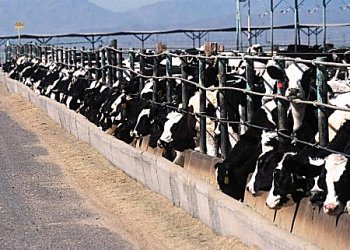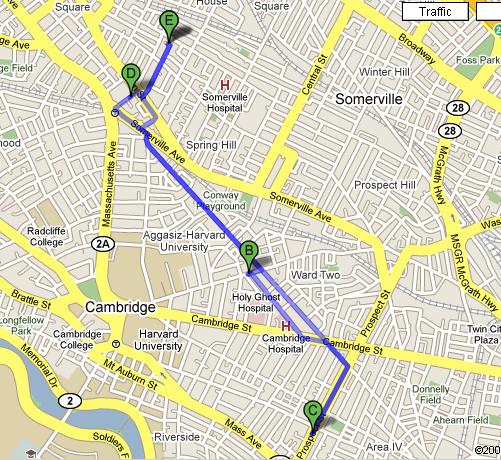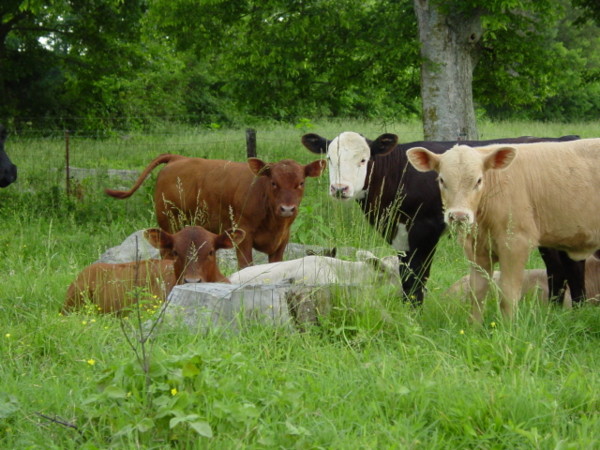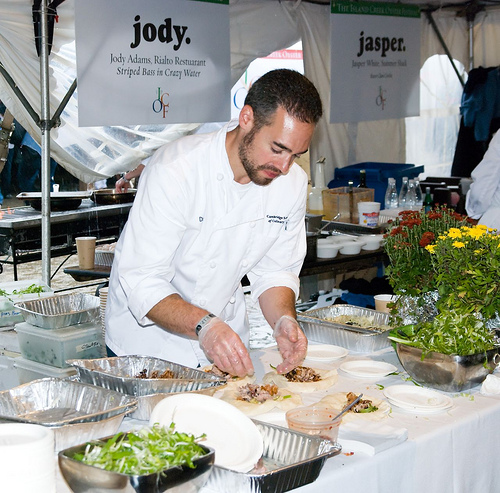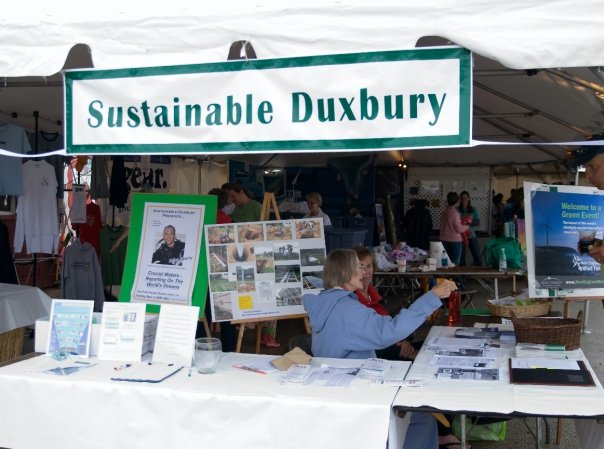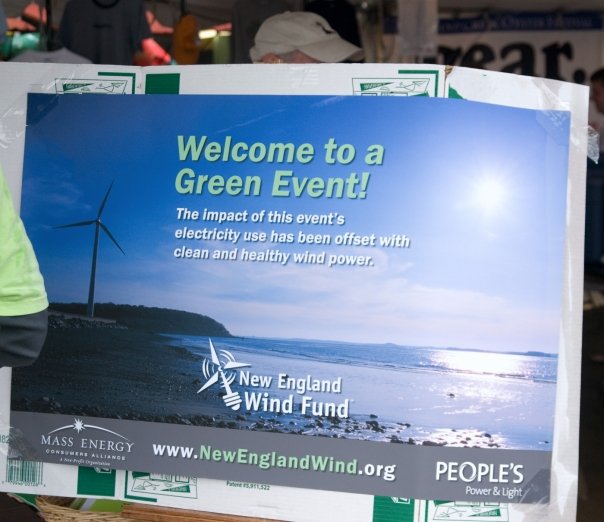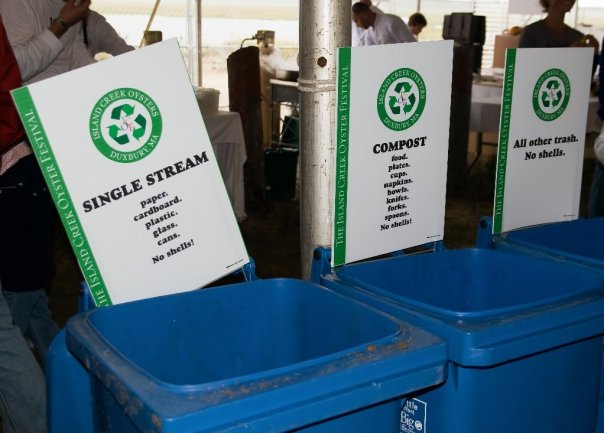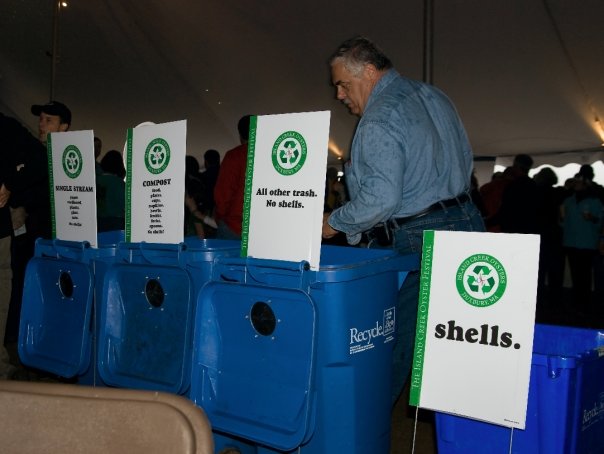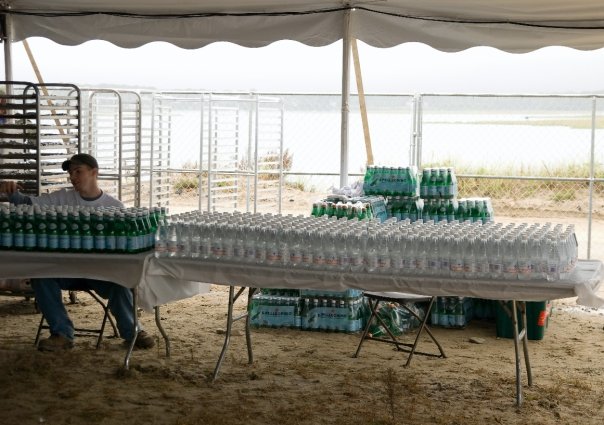Defining Local
/
- Do You Know Where Your Food Comes From?
As I’ve started to learn more and more about our food and agriculture systems in the U.S., I’ve noticed the word “local” popping up a lot. Have you noticed it too? In truth, I think you’d have to be living under a rock not to notice the fact that everyone seems to be talking about local these days. But what exactly does local mean? And is it really all that important? (The answer, in my opinion, is yes – and no. But we’ll get to that in a bit)
So first, what do people mean when they talk about local?
There are a number of definitions floating out there in cyberspace. Search “Local Food” on Wikipedia and you find that local could mean within city limits or within state limits – depending on who you ask. Whole Foods says local is anything that has traveled less than 7 hours by car or truck, and this local coop in New York City backs that up by saying local is up to 500 miles, or one day’s worth of driving.
Making matters worse, where the food is grown/raised isn’t the only issue:
Where local food is determined by the distance it has traveled, the wholesale distribution system can confuse the calculations. Fresh food that is grown very near to where it will be purchased may still travel hundreds of miles out of the area through the industrial system before arriving back at a local store.
Yikes, this is complicated.
Funny enough, my mom even asked her neighborhood grocer in California about fruit that was labeled local, yet came from Florida – and the store manager told her that the U.S.A. was local! Obviously, everyone has their own definition of what local really means.
It turns out that I’m not the only one trying to get to the bottom of this question. A number of bloggers have chronicled their attempts at eating locally. Inspired by Vermont’s recent “Eat Local Challenge,” Every Kitchen Table decided to try his hand at one week of eating foods produced within 100 miles of his home. Two bloggers in British Columbia decided to spend a year eating food grown within 100 miles, but soon ran into big problems:
First was the expense. We used to eat a nearly vegan diet at home – our dwindling bank accounts emphasized how much cheaper [vegan] beans, rice and tofu are than wild oysters and organic boutique cheeses. Then, we wasted away. We were unable to find any locally grown grains - no more bread, pasta, or rice. The only starch left to us was the potato. Between us, we lost about 15 pounds in six weeks. Then there was a lack of variety. From March 21 until the farmers' markets started in mid-May, the only locally grown vegetables available were humble fare like kale, cabbage, turnip, rutabaga, parsnip and leeks.
That doesn't sound like fun!
Perhaps the best example of someone trying to eat local is No Impact Man, aka Colin Beavan, a New Yorker who managed to convince his wife (and by extension their small child) that a year of living “no impact lives” – including eating only what they could find at farmer’s markets – was a good idea (to see the trailer for Colin’s fabulous documentary, check out my recent blog post). He manages to make eating locally look realistically challenging, yet intriguing at the same time - surely no small feat.
So now it’s time for me to throw my hat in the ring. While I’m certainly not an expert, I’ve found that my increasing awareness about food and sustainability issues makes for an incredibly depressing weekly trip to the grocery store. Everywhere I turn, even at the most eco-friendly and neighborhood grocery stores (like Russo’s, a favorite of mine that does cultivate relationships with local farms), I’m confronted with questions about where every potential piece of food has come from.
For an everyday consumer trying to make conscious, responsible choices with her food purchases, navigating the maze of the grocery aisles to find local food is a really tough and overwhelming assignment.
 Ok, so we know that local means a lot of things. Does this matter? If we can’t define it, should we really care about eating local?
Ok, so we know that local means a lot of things. Does this matter? If we can’t define it, should we really care about eating local?
Over the course of the last few weeks, my husband and I have been spending a lot of time talking about this very question – challenging ourselves to define how we will make food choices that sit right with our “inner compass”. And we’ve come up with two key takeaways.
1) Local is Seasonal: Instead of spending all this time on what’s local (inevitably raising questions not just about how far away something was grown but how far it travelled to reach your dinner table), ask yourself: what should I be eating right now, at this time of year? What naturally grows in abundance this month, or this season? We’ve thought a lot about this and it seems to us that when you think seasonally, you end up thinking locally.
There are a number of resources out there to help you find seasonal produce, including this Vegetable Seasonality Chart and another Seasonality Chart put together by New Jersey growers. Originally I had wanted to create a pretty diagram for you to click on and print out, but here’s the kicker: each region/state has different access to different seasonal food, which means there is no gold standard for what to eat when. Your first best bet is to Google “Seasonal Food” and “Your Town” and see what comes up.
2) The Practical Impact Jablows: After seeing the documentary about No Impact Man’s year-long experiment, Dan and I talked about whether we could change our habits and lifestyles to the extent that Colin and his family did. While I’m impressed and inspired by the actions they took, I know that not all of them are feasible (going without a refrigerator) or appealing (using cloth toilet paper – seriously). That said, there’s no reason that we can’t do our part to be practical about our food choices (not to mention other areas like energy consumption).
With that, we’ve labeled ourselves The Practical Impact Jablows – perhaps not as snazzy a title as No Impact Man, but it sums us up pretty well. Do we want to eat locally and seasonally? Yes. We believe it’s better for our health, our taste buds, and our souls (and maybe even our wallets). Will we always be able to enforce this seasonal-only policy? No, of course not. In the end, we want to be proud of the choices we’re making, and if that means 80-90% of the time we’re able to adhere to our seasonal goals, we’ll be ok with that.

After all, how many apples can one woman eat?!
In the end, each of us has different ideas about what’s ok to eat. What’s local to me may seem too far away for you. And that’s ok. What matters is that we’re eating food that, as Josh Viertel from Slow Food USA says, has a story that we’re proud to tell. All food has a history – and for some of us, being connected to that history provides the deeper meaning we’ve been looking for.


